Autism Awareness Month 2018
https://peoplescare.com/wp-content/uploads/2018/05/DAY_PROGRAM_PARTICIPANT_IN_LAS_VEGAS_WHERE_WE_SELL_HANDMADE_ARTISAN_GOODS_MADE_BY_OUR_INDIVIDUALS_WITH_DEVELOPMENTAL_DISABILITIES-2-1024x1024.jpg 1024 1024 People's Care People's Care https://peoplescare.com/wp-content/uploads/2018/05/DAY_PROGRAM_PARTICIPANT_IN_LAS_VEGAS_WHERE_WE_SELL_HANDMADE_ARTISAN_GOODS_MADE_BY_OUR_INDIVIDUALS_WITH_DEVELOPMENTAL_DISABILITIES-2-1024x1024.jpgAnother Autism Awareness Month has come to pass this April, and has given rise to many new avenues of dialogue toward the spectrum, especially those in respect to women and girls on the autistic spectrum. This past year has been an explosive one in the championing of diversity, equality, and the stamping out of sexual abuse and harassment to women – and we are delighted to know that this momentum is being picked up and addressed in the betterment of the ASD community.
The United Nations, as is to be expected, made available a vast series of panels and talks that were broadcast live across the world and are still, for the most part, available via their host website (1). Drawing inspiration from the #MeToo and #TimesUp movements leading to expose sexual harassment and abuse, the UN focused their efforts predominantly toward the empowerment of women and girls on the autistic spectrum. From talks about Gender Disparity in Diagnosis (2), Q&A’s with those in the film industry in talks with Women with Autism in Film (3) segments, and the inspiring panel curated for Empowering Women and Girls with Autism (4).
Not allowing the UN to be alone in the push for more accessible platforms for awareness of Autism Spectrum Disorder, C-SPAN hosted Julia Basom, President of the Autistic Self Advocacy Network, and Allison Ratto who is a psychologist at the Children’s National Medical Center, Washington D.C., on the 21st of April (5) to discuss the spectrum at length.
Other organizations to add to the dialogue this April did so through engaging and helpful ways. Such as the National Institute of Mental Health with their panel in association with the team behind Sesame Street and the creation of Julia, the shows first character on the autistic spectrum (6), and the ThinkCollege’s look at employment and ableism (7).
We hope that all of these resources provided will help bring awareness to the many facets of ACD beyond Autism Awareness Month, and work to better the everyday lives of all. This April was not only special for the many panels designed by these large institutions, there have been incredible grassroots campaigns and activities held across the country (8).
Chances are, that wherever you live, there is still much to do by way of raising awareness and taking part in the support and betterment of the autism community. By taking part in these homegrown events, you will be helping to make a difference.
- Welcome and Opening – World Autism Awareness Day, 2018. United Nations, published April 5th 2018. http://webtv.un.org/search/welcome-and-opening-world-autism-awareness-day-2018/5780565169001/?term=Autism%20Awareness%20Day&sort=date
- Gender Disparity in Diagnosis: Causes and Consequences – World Autism Awareness Day, 2018. United Nations, published April 5th 2018. http://webtv.un.org/search/gender-disparity-in-diagnosis-causes-and-consequences-world-autism-awareness-day-2018/5780577360001/?term=Autism%20Awareness%20Day&sort=date
- “Please Stand By” – Women with Autism in Film (Pt. I) – World Autism Awareness Day, 2018. United Nations, published April 5th 2018. http://webtv.un.org/search/“please-stand-by”-–-women-with-autism-in-film-pt.-i-world-autism-awareness-day-2018/5780576542001/?term=women%20with%20autism%20in%20film&sort=date
- Empowering Women and Girls with Autism. United Nations, published April 5th 2018. http://webtv.un.org/watch/empowering-women-and-girls-with-autism/5764783637001/?term=
- Julia Bascom and Allison Ratto on Autism Spectrum Disorder Julia Bascom and Allison Ratto talked about autism spectrum disorder (ASD). C-SPAN, published April 21st 2018. https://www.c-span.org/video/?444310-3/washington-journal-julia-bascom-allison-ratto-autism-spectrum-disorder
- NIH Special Event for Autism Awareness Month – The Story Behind Julia, Sesame Street’s Muppet with Autism. NIMH, published April 9th 2018. https://iacc.hhs.gov/meetings/autism-events/2018/april9/sesame-street.shtml
- Expanding the Dialogue on Autism: Reflections on Research & Real Life in Employment. ThinkCollege, published March 22nd 2018. https://thinkcollege.net/events/external-webinar/expanding-the-dialogue-on-autism-reflections-on-research-real-life-in-0
- National Autism Awareness Month. Autism Society, http://www.autism-society.org/get-involved/national-autism-awareness-month/


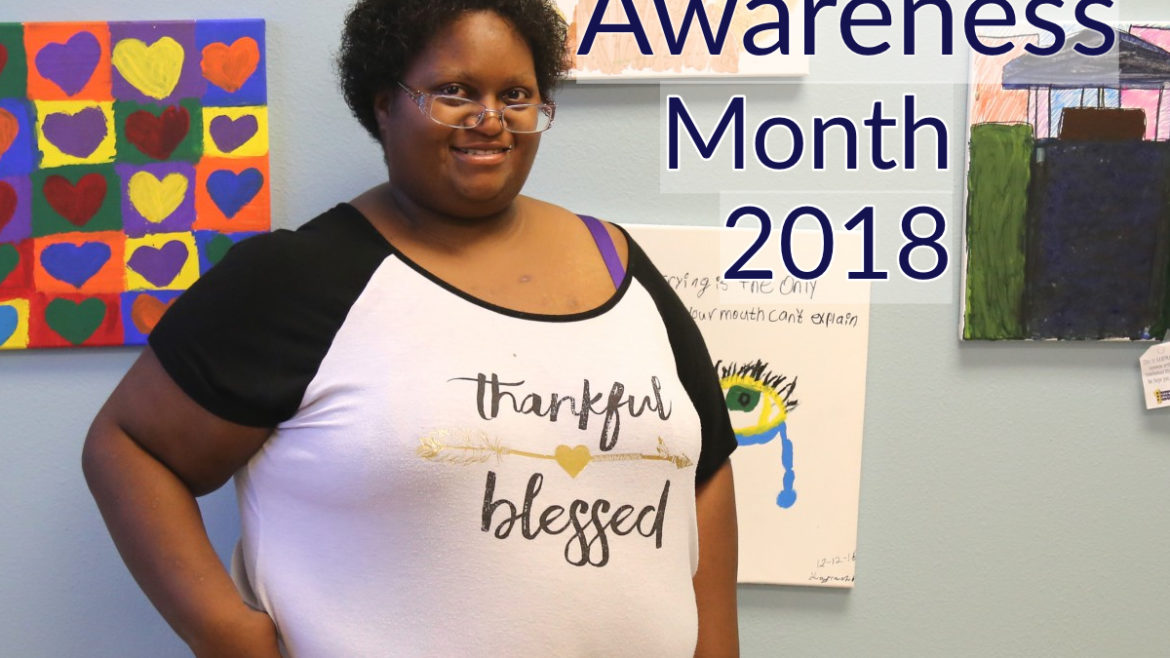

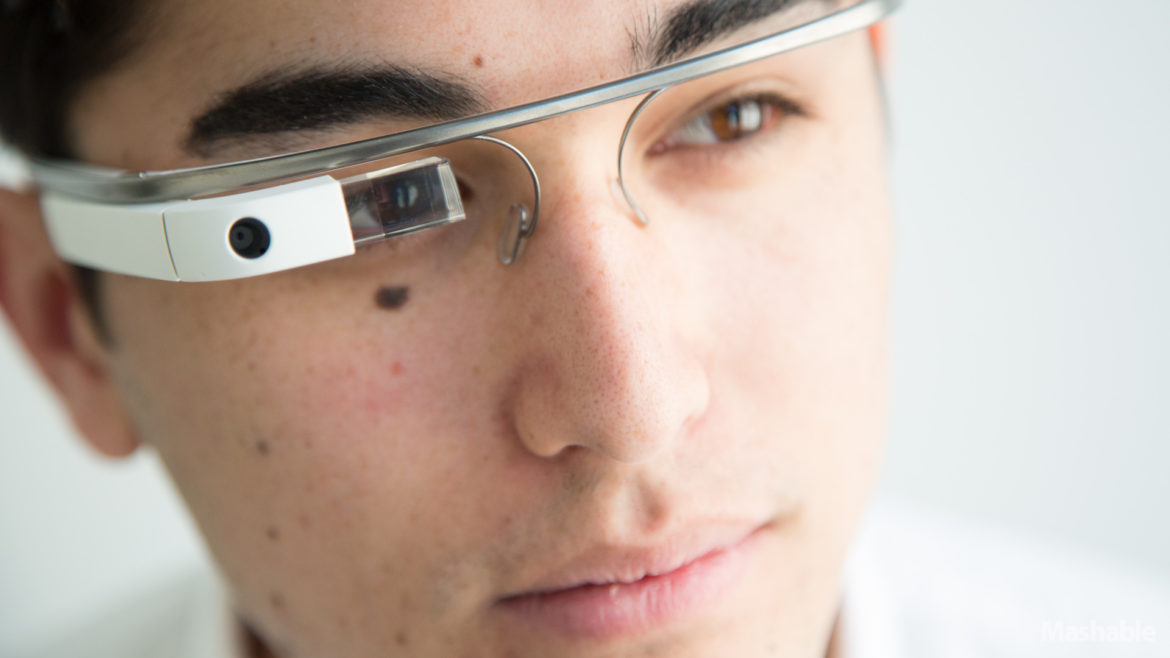
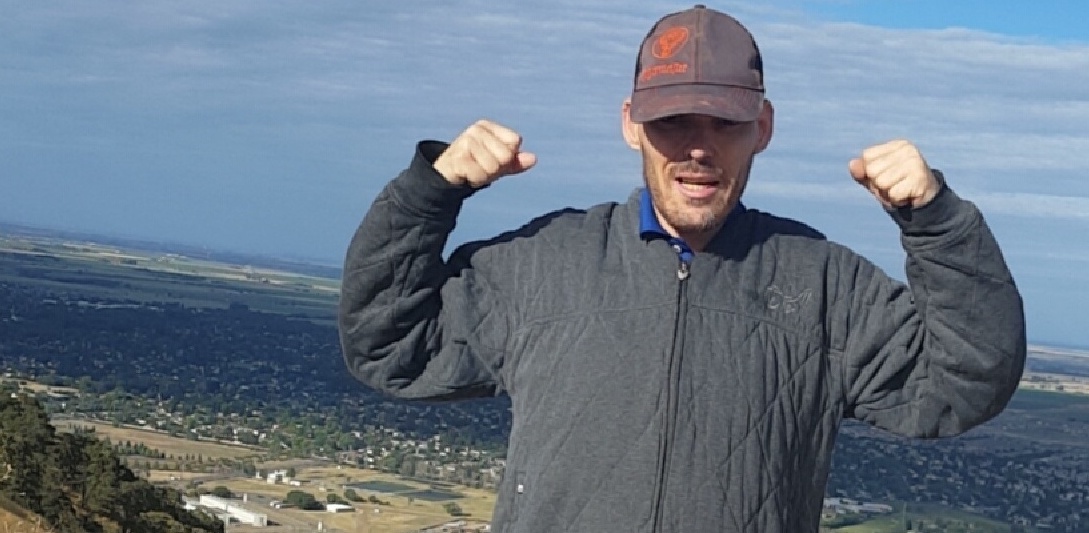
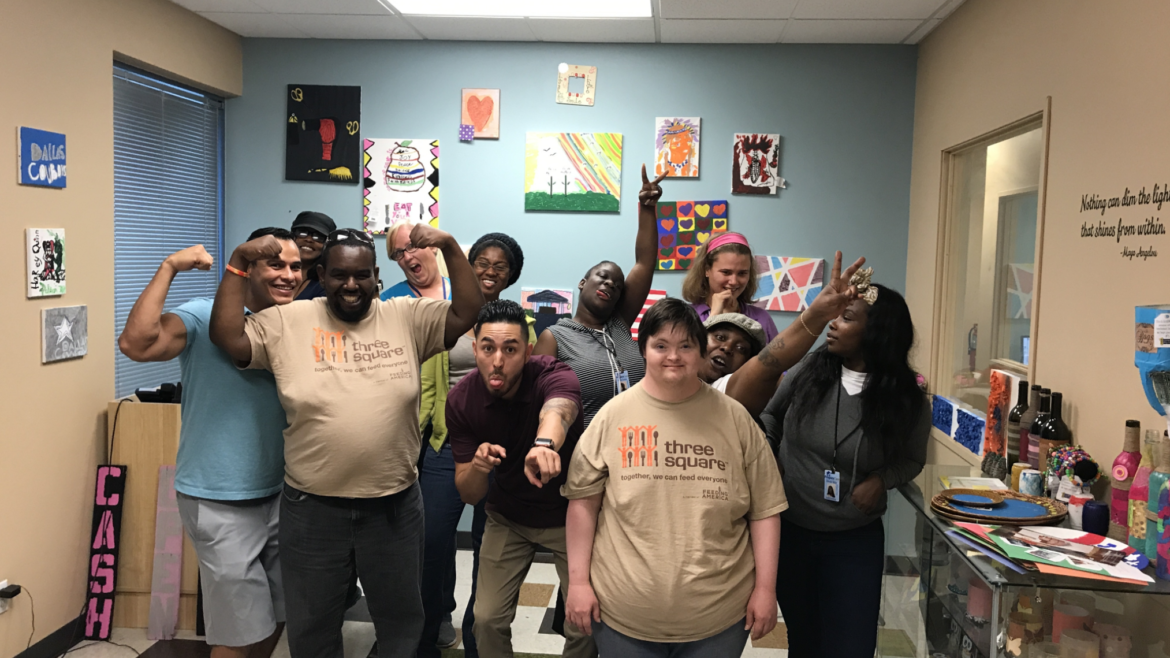

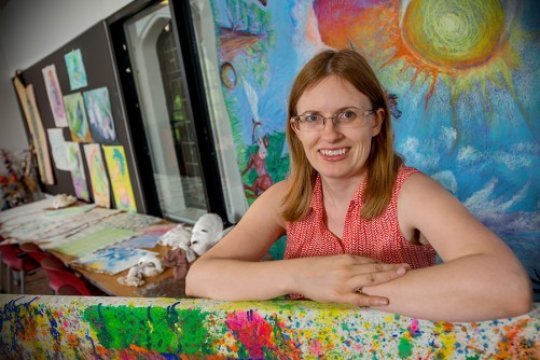
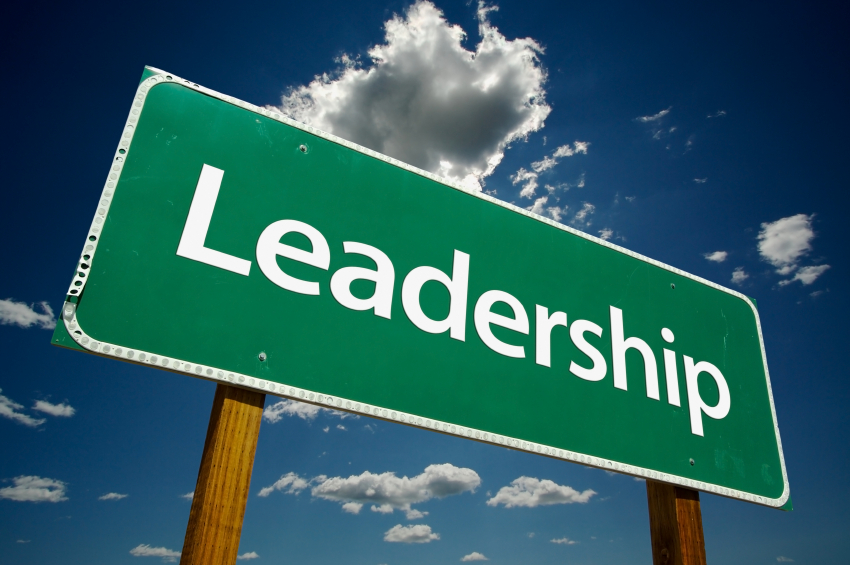
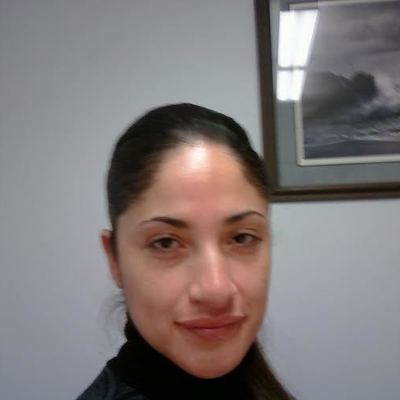

 When T.J. was diagnosed with autism at age 2, we went through all the emotions, and tried every therapy we could find. We privately mourned the loss of the life we thought we would have, while happily and confidently accepting our new reality. We embraced his diagnosis with optimism, and even through tough times, our strong love for our children was always the driving force.
When T.J. was diagnosed with autism at age 2, we went through all the emotions, and tried every therapy we could find. We privately mourned the loss of the life we thought we would have, while happily and confidently accepting our new reality. We embraced his diagnosis with optimism, and even through tough times, our strong love for our children was always the driving force.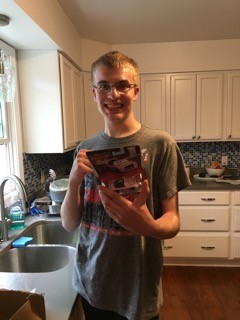 But now, at age 17, T.J. is pretty much who he is going to be as an adult. Yes, many things are still up in the air and could change as he experiences the world, but he has largely been shaped. He is wonderful and smart and funny and caring and affectionate. He loves animals, Harry Potter, Pokémon, Power Rangers, Star Wars and Pixar. He is curious about the things that interest him. He gets stressed out easily in a variety of situations and, with some assistance, can calm himself down. He has a bad-boy streak, which manifests as a love of things deemed “inappropriate” in school (swear words, South Park, Family Guy).
But now, at age 17, T.J. is pretty much who he is going to be as an adult. Yes, many things are still up in the air and could change as he experiences the world, but he has largely been shaped. He is wonderful and smart and funny and caring and affectionate. He loves animals, Harry Potter, Pokémon, Power Rangers, Star Wars and Pixar. He is curious about the things that interest him. He gets stressed out easily in a variety of situations and, with some assistance, can calm himself down. He has a bad-boy streak, which manifests as a love of things deemed “inappropriate” in school (swear words, South Park, Family Guy). We never let T.J. see that we were struggling with that realization. We didn’t want him to feel responsible for our preconceived notions of what his life should look like.
We never let T.J. see that we were struggling with that realization. We didn’t want him to feel responsible for our preconceived notions of what his life should look like.